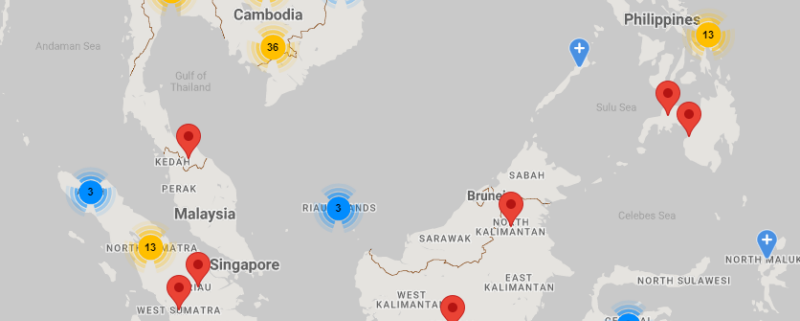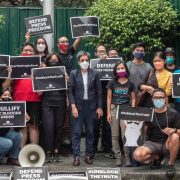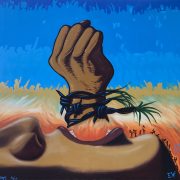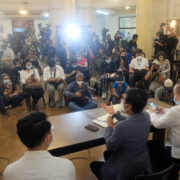A new platform monitoring press freedom in Southeast Asia
Seven groups are monitoring press freedom cases in six countries
By Mong Palatino / Global Voices
Seven Southeast Asian media organizations have launched pfmsea.org, a joint platform to monitor press freedom across the region.
The organizations are Indonesia’s Alliance of Independent Journalists (AJI), Association of Timor Leste Journalists, Cambodian Journalists Alliance Association, Center for Independent Journalism in Malaysia, Merdeka Media Movement in Malaysia, National Union of Journalists Philippines, and Prachatai in Thailand.
Launched on May 29, 2023, the website shares real-time data on cases of violence against journalists and the media, as well as qualitative reports on the situation of press freedom in six countries, joint press releases, and a mechanism that allows the public to report cases of violence against the media.
Through email, Global Voices interviewed AJI Secretary-General Ika Ningtyas about the new initiative. She shared how regional media groups coordinated in launching the platform.
Most of us have been working together for quite a long time, belonging to regional organizations that unfortunately did not last long enough. But we understand the urgency of the need to build a new one as press freedom is increasingly threatened in most countries in Southeast Asia. Finally, since last year, we had quite intense discussions for a year to rebuild the collaboration with a new approach.
She explained what promoted the groups to launch a platform. She hopes the network will be easy to maintain.
We discussed how to do it simply and at a low cost. Our current strategy is not to establish a permanent organization like before. Instead, this collaboration is more flexible. We chose one organization in turn as the facilitator responsible for facilitating each meeting, managing finances, and other administration. In this first year, AJI was chosen as the collaboration facilitator.
Then we discussed about the work program, several ideas emerged, one of which was to create a joint press freedom monitoring platform. We thought it was important to have data available in real-time that shows the safety of journalists and media organizations in Southeast Asia.
Asked about how the monitoring data will be used to promote press freedom, she discussed the campaign strategy of the network.
The promotion of press freedom requires reliable data. Data that is available in real-time can show the real situation, about the mode, perpetrators, types of threats and see how the trend is from year to year, whether it is improving or worsening. From the data, we or each organization can determine what intervention actions should be taken, what the advocacy strategy is, and how to do it. Through this monitoring data, we can campaign together more broadly about the security situation of journalists in Southeast Asia because we found some similar trends used by governments such as the increase in digital attacks, the use of disinformation regulations to target journalists, and others.
In 2022, their groups monitored 185 press freedom violations across the region. This year, they have recorded 73 cases. About 60 percent of the cases this year involved physical attacks targeting the media, while 23 percent were related to digital attacks. About 36.5 percent of the cases were perpetrated by state actors. Some of the major issues they noted include the forced closure of independent media outlets in Cambodia, the enforcement of repressive media laws in Indonesia, and the vilification of journalists in the Philippines.
Finally, Ika Ningtyas identified some of the challenges in developing the monitoring platform.
The initial challenge was how to set a common standard for indicators, working mechanisms, and report formats. Because we found that several organizations that monitor press freedom have different indicators. Then we agreed to use internationally accepted standards, namely according to Sustainable Development Goals number 16.10.1 where the safety of journalists is one of the indicators. By using this SDG’s indicator, it will be easier if each organization prepares a shadow report related to the SDG’s on the safety aspect of journalists.
Secondly, of the six organizations that have joined, only three regularly monitor cases. But our members in Timor Leste, Malaysia and Thailand are not very intense in monitoring, because they don’t have special resources. So the challenge is how to provide support especially to organizations that don’t have resources and strengthen those that do. Because monitoring is not just inputting data, but a long process such as receiving reports, verifying each case that occurs, writing reports and analyzing them.
The network is planning to expand the coverage of the project by seeking potential partners in Myanmar and Vietnam. #
= = = = =
Kodao is a content-sharing partner of Global Voices.







